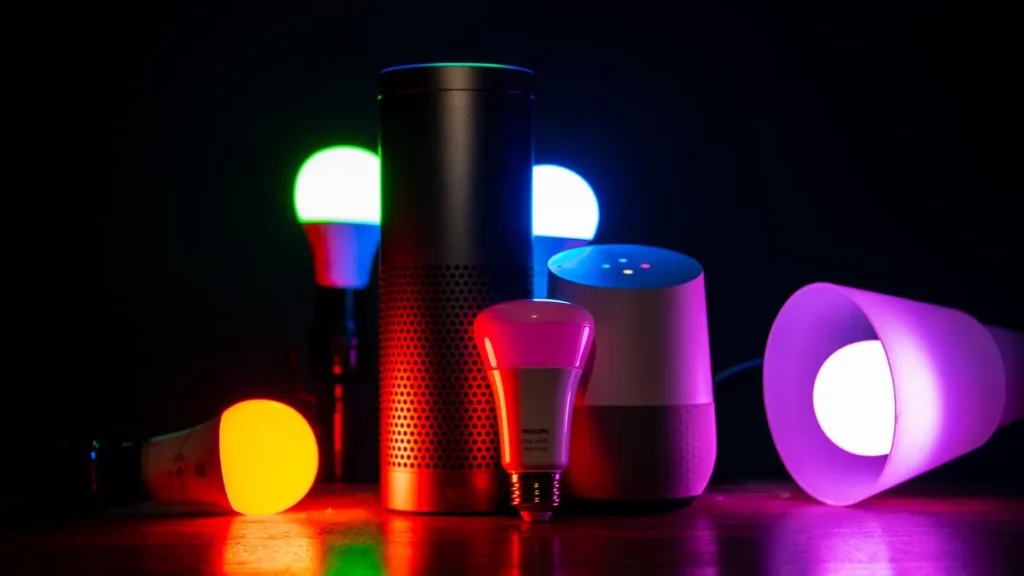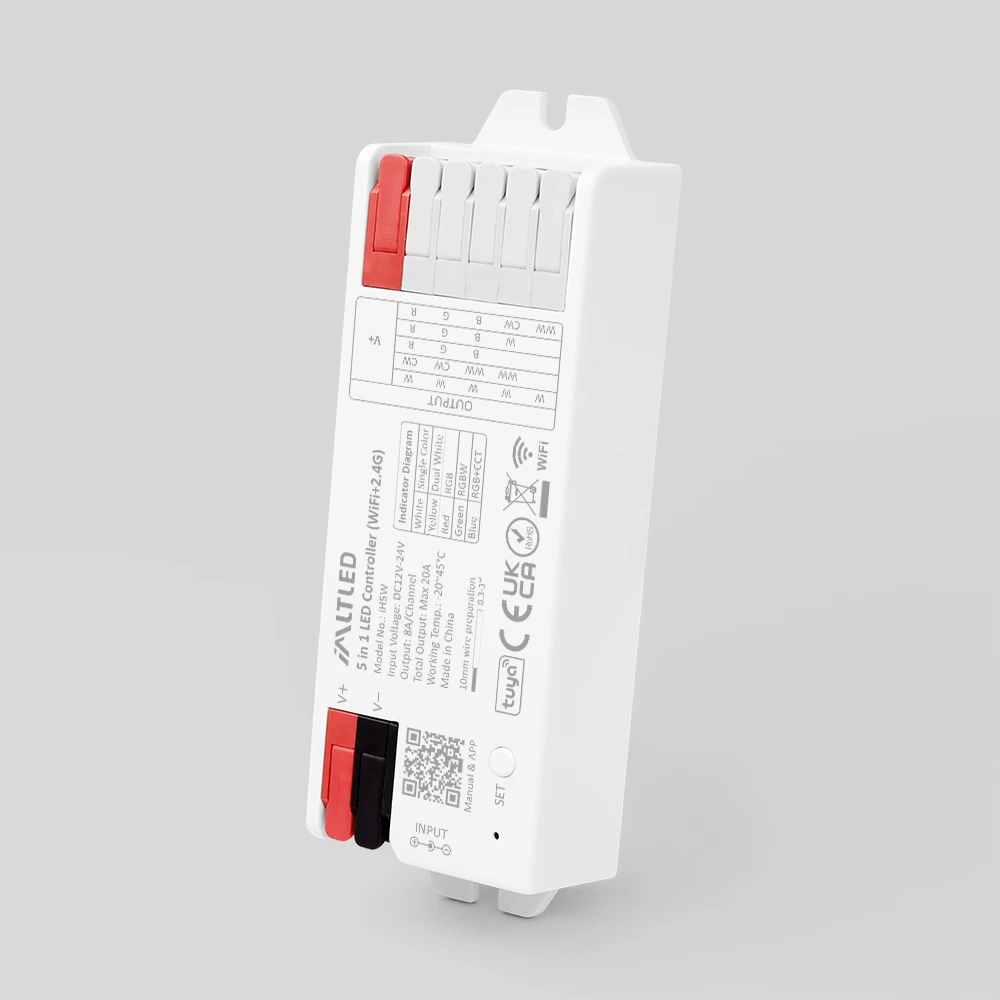We understand how frustrating Daylight Saving Time (DST) transitions can be. You’ve probably encountered issues where device timers don’t operate as expected—whether it’s the coffee machine starting an hour late or the lights turning on early. These glitches can make your eWeLink-supported devices feel less “smart,” even somewhat clumsy.
That’s exactly what we’re aiming to fix! We are deeply aware of that. Starting March 2025, firmware updates will gradually roll out to eligible devices to automatically handle DST changes. Once updated, your devices will perform more reliably during DST transitions. Here’s how to get your devices ready:
Keeping your smart devices up to date is crucial for optimal performance, but updating each device manually can be time-consuming. With eWeLink Web, you can upgrade multiple supported devices at once directly from the Firmware Update page.
If your devices support the latest firmware updates, log in to eWeLink Web, navigate to the Firmware Update page, and streamline your update process.
Here are some potential issues you may face during the DST transition:
1. Firmware Update Failures:
Offline Devices: If your device is offline, the firmware update won’t be completed. Please make sure your devices are online before attempting the update.
Firmware Upgrade Duration:
Wi-Fi devices usually take around 5 minutes to update.
ZigBee devices may take longer, varying by device. For example, updating the water valve or radiator valve may take 1 hour due to the Zigbee mechanism.
Stuck at “Updating”: If the update gets stuck, try deleting and re-adding the device to resolve the issue.
Older Devices: Some older devices might be limited by the chip’s capabilities and have trouble with firmware updates.
Note: Manually adjusting the device timers is also available. If you don’t want to update the firmware or have other thoughts, check this guideline HERE.
2. DST-related Timer and Data Issues:
Incorrect Timer Execution: If the firmware and eWeLink app are not updated as suggested before DST, your device might use the wrong time, causing timers to run at the wrong time.
Power Consumption Logging Issues: Devices without the latest firmware may log energy consumption with a time discrepancy of one hour (e.g., showing 7:00 PM instead of 8:00 PM), leading to inaccurate charts.
Device Sharing: Timers for shared devices will follow the owner’s time zone. Any changes made by the owner will be reflected for all shared users.
3. Mismatch Between Timer Actions and App Time Display:
If your phone’s time zone is changed (e.g., due to travel), the change won’t affect device functionality. However, the local time for device timer actions may not match the time shown in the app due to the discrepancy.
4. DST Timer Execution:
If you have timers set around or exactly at the time of the DST transition, they may not execute exactly as expected on the transition day.

